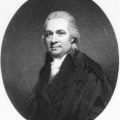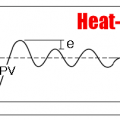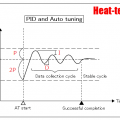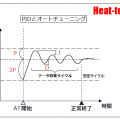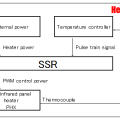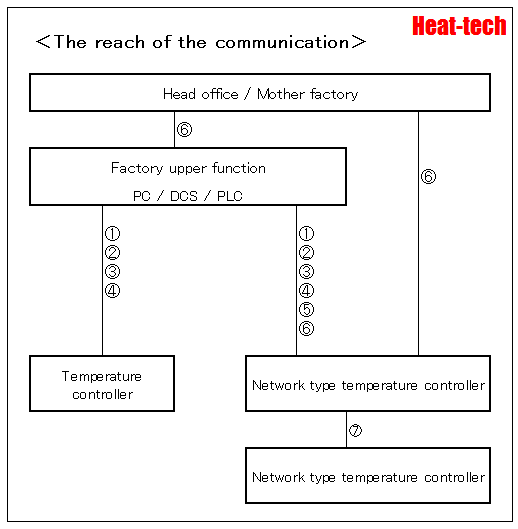
The communication function of the temperature controller and indicator controller has been gradually increased and enhanced.
① The simplest signal is the ON-OFF signal.
The normal value or abnormal value can be output to the higher order by “ON-OFF” signal.
②Next appeared is the current / voltage (analog) output represented by “4-20mA”.
Multi-level information can be sent from ON-OFF binary values.
③ What has been added is a time division type digital signal represented by “RS-485”.
This enables various settings such as current value, set value, upper limit alarm, lower limit alarm, heater disconnection alarm, set value setting, upper limit alarm setting, and lower limit alarm setting.
④Furthermore, various field network functions have been added.
In response to plant enlargement,
1. Increasing the number of communicable individuals
2.Extension of communication distance
Corresponding to the purpose.
⑤Furthermore, a function called “programless communication” with the host PLC has been added.
This is because the functions of PLCs have become more sophisticated and can meet demands in the field of instrumentation.
⑥Ethernet communication function has been added.
This has expanded the direct and indirect communication range from a host computer such as a mother factory or headquarters via a local PC or PLC inside the factory or plant.
⑦Furthermore, until now, a vertical network with the host was used, but a horizontal network can now be constructed so that temperature controllers and indicator controllers can communicate and cooperate.
Azbil’s “Network Type Temperature / Indicator Controller NX” is equipped with the seventh generation communication function.
And I think that further evolution will continue based on the demands of the times.
 HEAT-TECH Best Technology Online Shop
HEAT-TECH Best Technology Online Shop 




